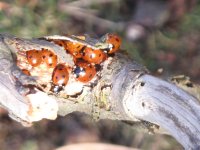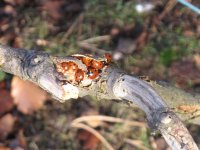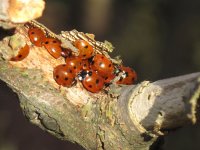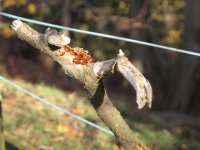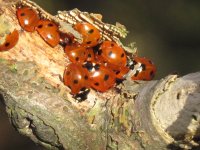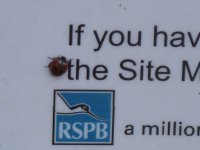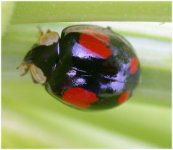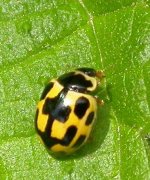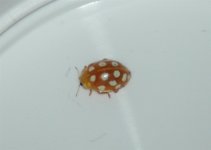TheSeagull
Well-known member
Yes indeed, all seven-spots. But it's better than nothing! Especially in Aberdeen .... most ladybirds become pretty scarce once you leave England!
They seem to have decreased, back about 8 years ago they were common, but this one is the first I've seen in about 4 years at least. At least the harlequins aren't here yet as far as I know, I might buy some ladybirds from gardening naturally next year to boost the local population.
Last edited:




